Cheese, one of the world’s most beloved and versatile foods, has been a staple in cuisines across the globe for centuries. From soft and creamy to hard and crumbly, the sheer variety of cheeses available today is astounding. Whether enjoyed on its own, or incorporated into culinary masterpieces, cheese offers endless possibilities. Here, we take a closer look at some of the most popular types of cheese and what makes each one unique.
Soft Cheeses
Soft cheeses are known for their creamy texture and mild to tangy flavors. They are often spreadable and perfect for pairing with fruits, crackers, or bread.
Brie
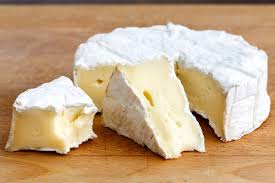
Originating from France, Brie is a soft, creamy cheese with a bloomy white rind. It has a buttery, mild flavor that becomes more pronounced as it ripens.
Camembert
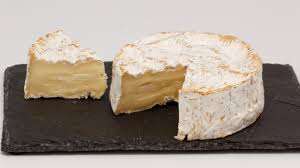
Similar to Brie but with a slightly stronger, earthier taste, Camembert has a gooey center and is often baked for a deliciously melty treat.
Ricotta
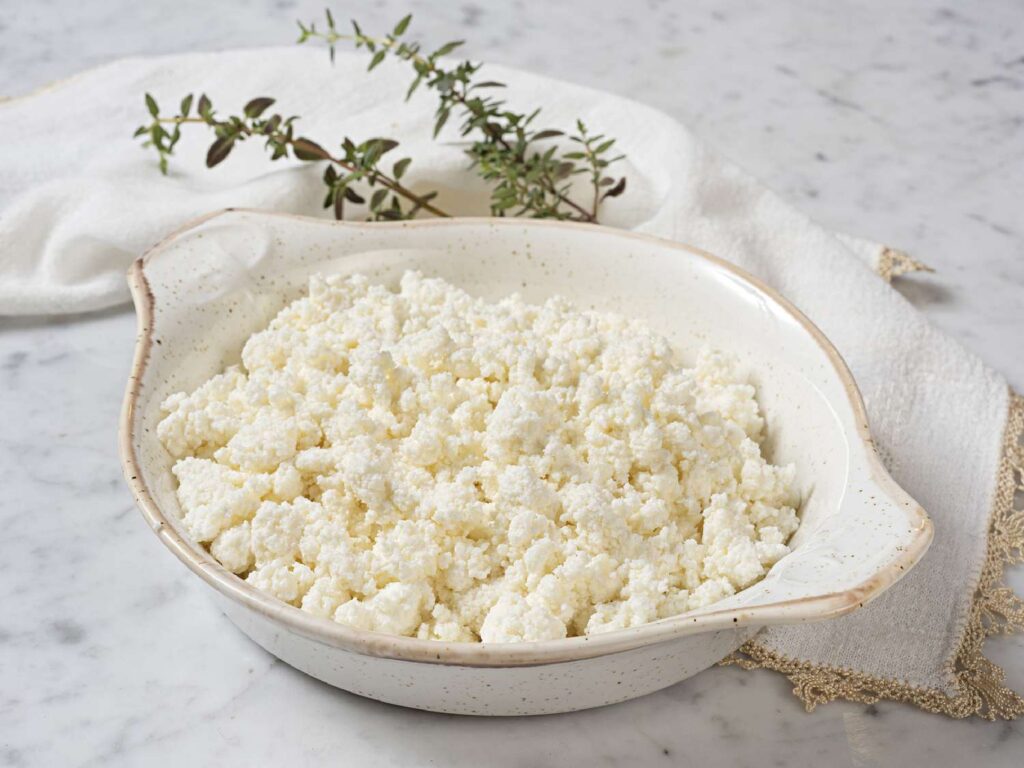
An Italian cheese made from whey, Ricotta has a slightly grainy texture and mild flavor, making it perfect for both sweet and savory dishes.
Cottage Cheese
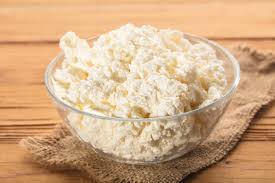
A fresh, mild cheese with a curd-like texture, Cottage Cheese is a great source of protein and pairs well with fruits, honey, or savory seasonings.
Semi-Soft Cheeses
These cheeses have a firmer texture than soft cheeses but still retain a smooth, creamy consistency.
Gouda
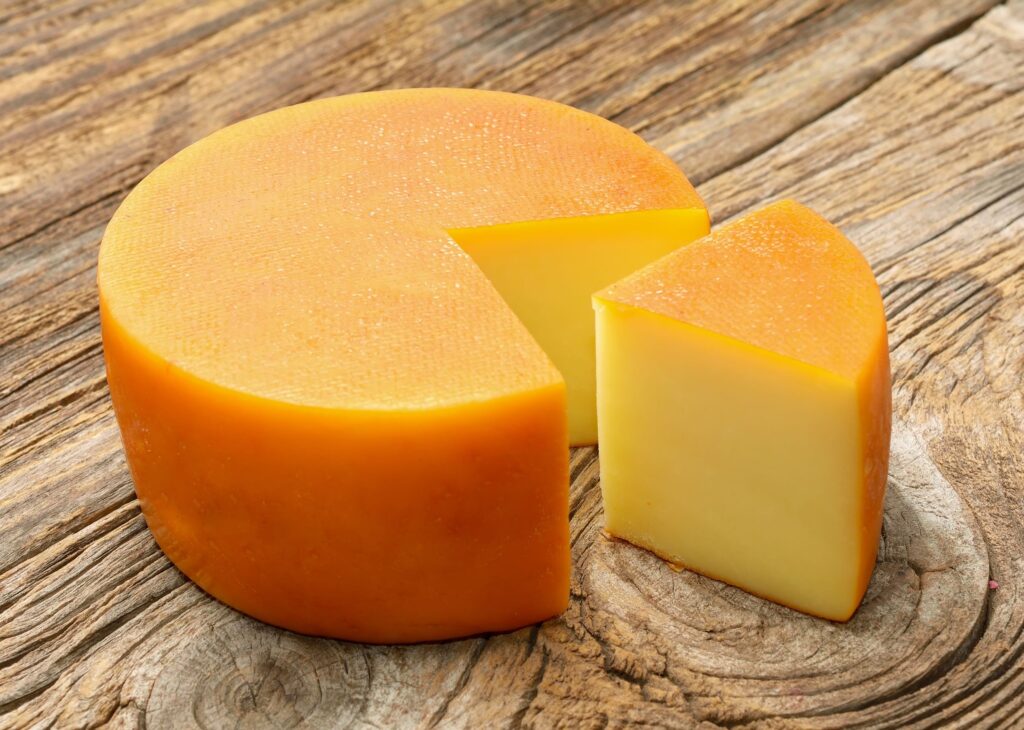
A Dutch cheese with a slightly sweet, nutty flavor, Gouda can range from mild and creamy to aged and complex.
Havarti
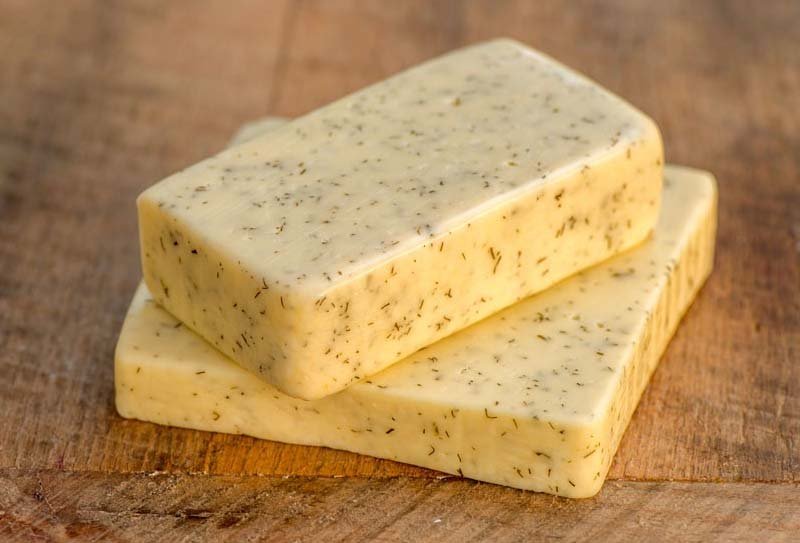
Originating from Denmark, Havarti is smooth and buttery with a hint of tanginess. It melts well, making it ideal for sandwiches and grilled cheese.
Fontina
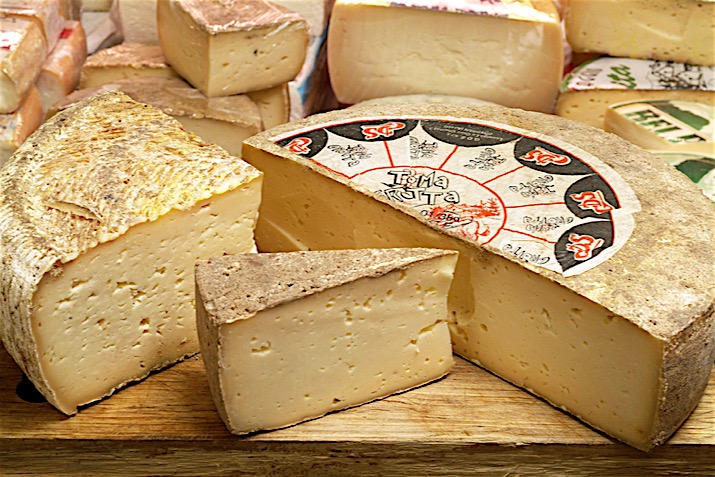
An Italian cheese with a mild, nutty flavor, Fontina is a great melting cheese used in fondues and creamy pasta dishes.
Munster
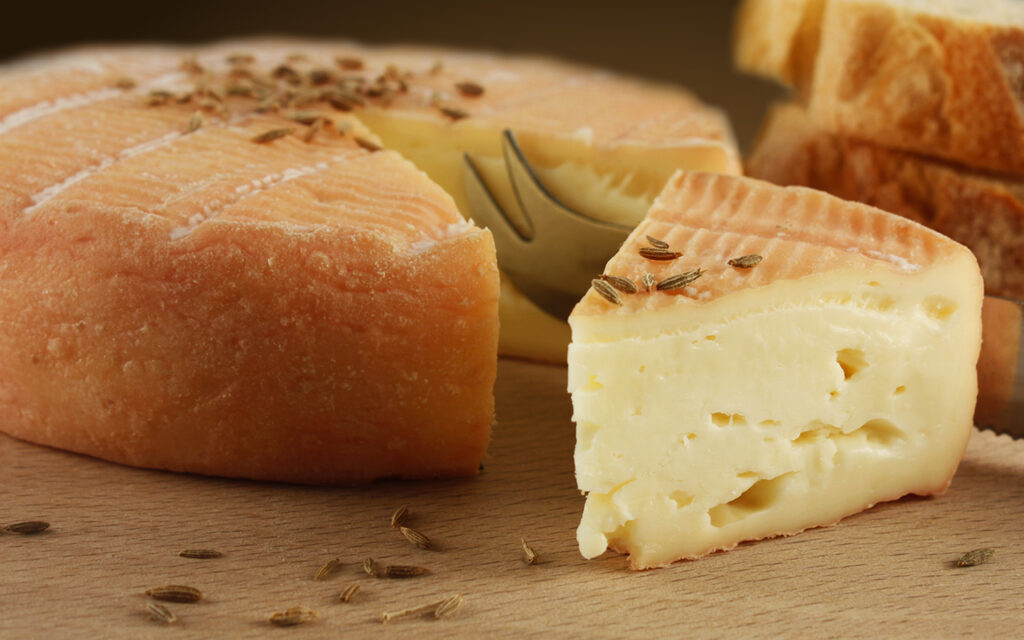
A cheese that can range from mild to strong, Munster has a smooth texture and a pungent aroma, especially when aged.
Hard Cheeses
Hard cheeses are aged longer, resulting in a firmer texture and more intense flavors.
Cheddar
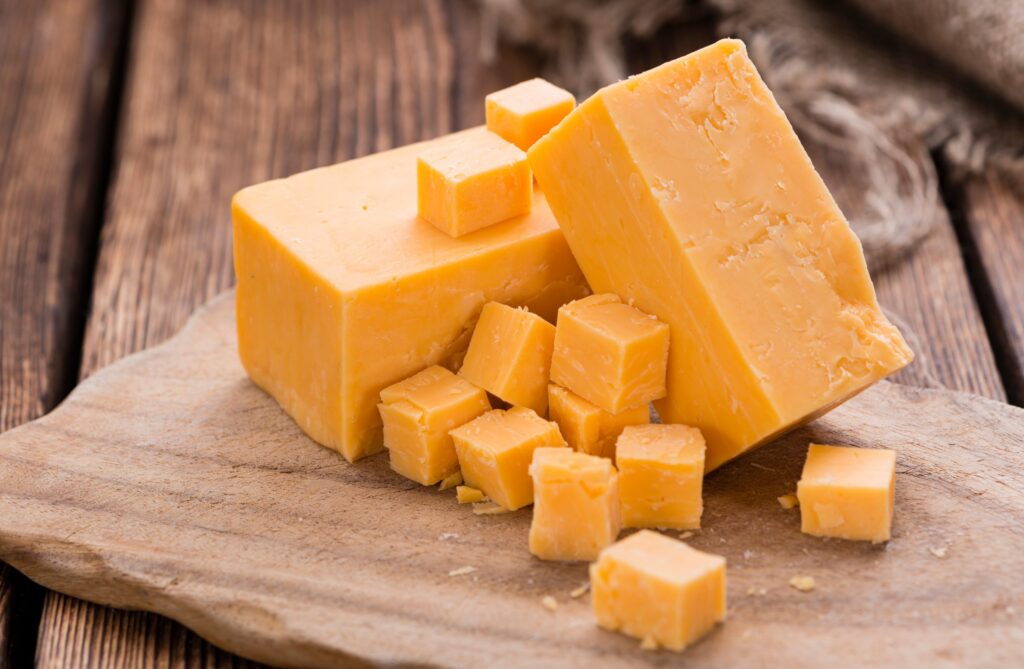
One of the most popular cheeses in the world, Cheddar can range from mild to extra sharp, depending on the aging process.
Parmesan
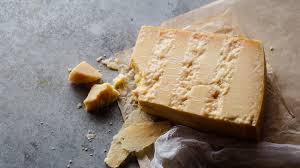
Known as Parmigiano-Reggiano in Italy, this cheese is aged for years, creating a crumbly texture and a strong, umami-rich flavor.
Manchego
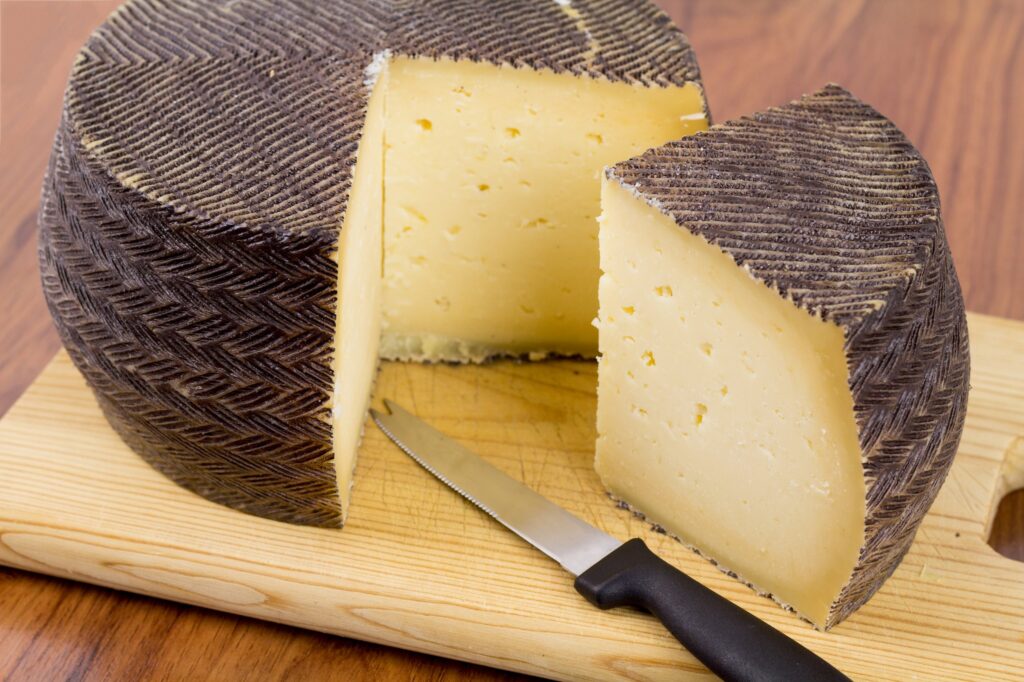
A Spanish cheese made from sheep’s milk, Manchego has a firm texture and a slightly tangy, nutty taste.
Pecorino Romano
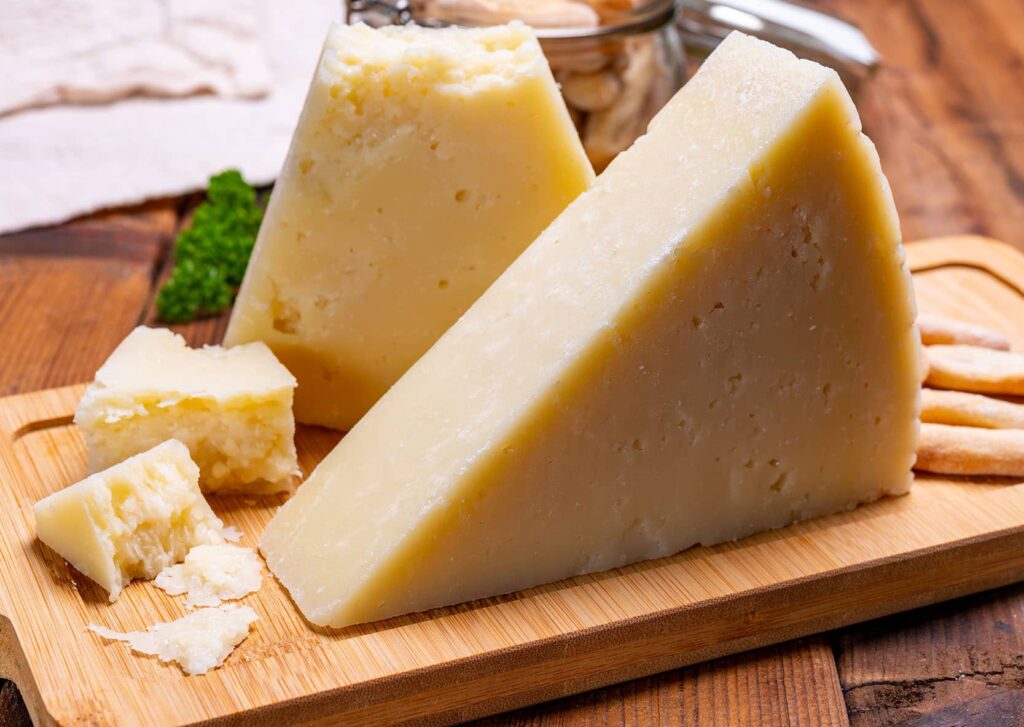
Another Italian classic, this cheese is made from sheep’s milk and is sharper and saltier than Parmesan, making it perfect for grating over pasta.
Blue Cheeses
These cheeses are veined with blue mold, giving them a strong, pungent flavor.
Roquefort

A French cheese made from sheep’s milk, Roquefort is creamy, tangy, and intensely flavorful.
Gorgonzola
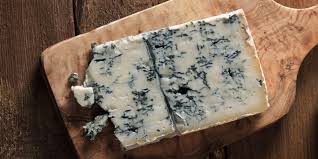
An Italian blue cheese that comes in both mild and strong varieties, Gorgonzola is great in salads, pasta, and even on pizzas.
Danish Blue
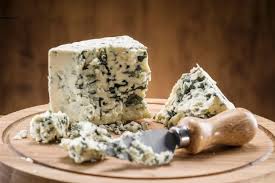
A semi-soft blue cheese with a creamy texture and strong, sharp taste, often used in dressings and dips.
Fresh Cheeses
Fresh cheeses are young and unripened, offering a mild and milky taste.
Mozzarella
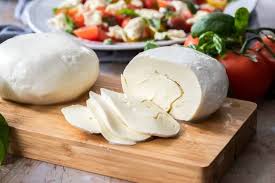
A staple in Italian cuisine, Mozzarella is soft and stretchy, perfect for pizza, Caprese salad, and pasta dishes.
Feta
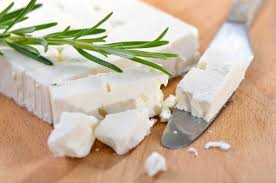
A brined Greek cheese made from sheep’s or goat’s milk, Feta is crumbly, salty, and tangy, often used in Mediterranean dishes.
Burrata
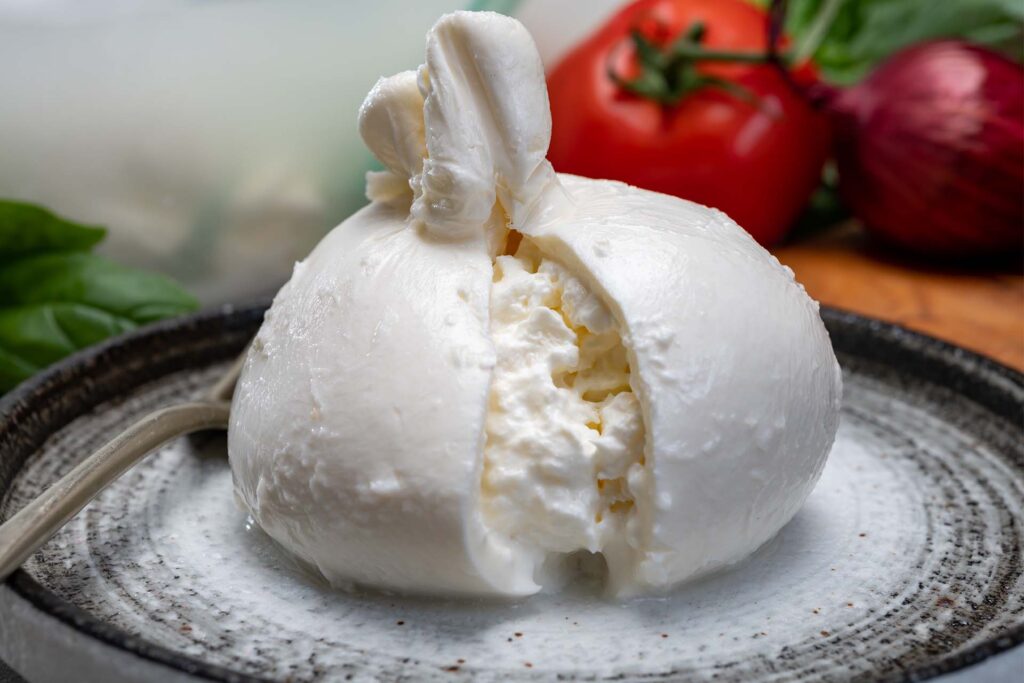
A decadent cheese that has a creamy center encased in a Mozzarella shell, Burrata is best enjoyed fresh with tomatoes, basil, and olive oil.
[Contributed By Anushka Gaikwad]











